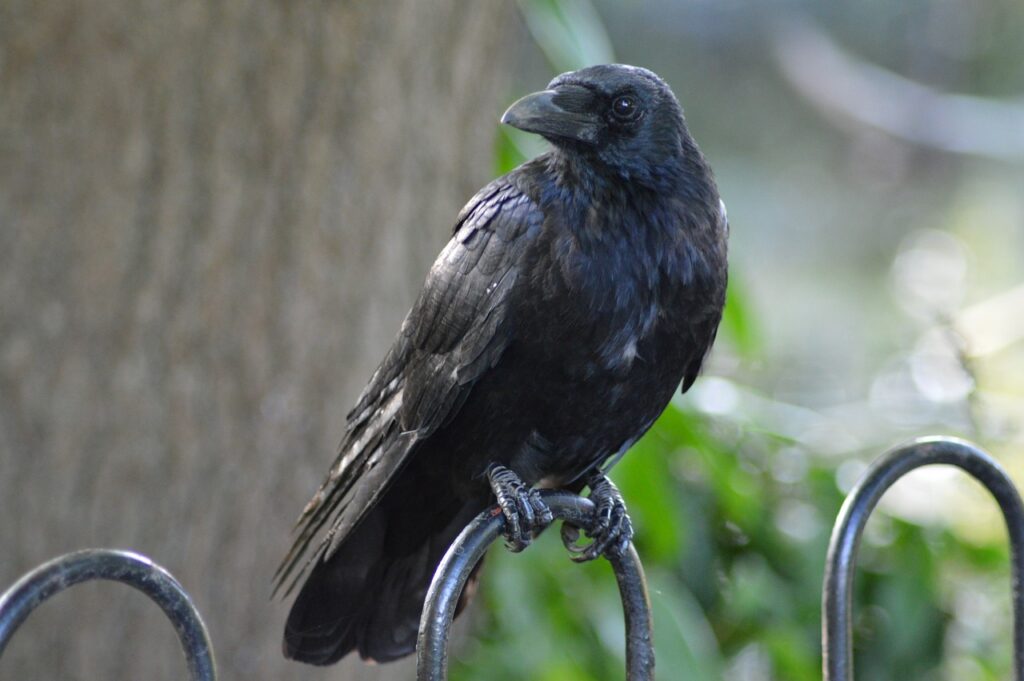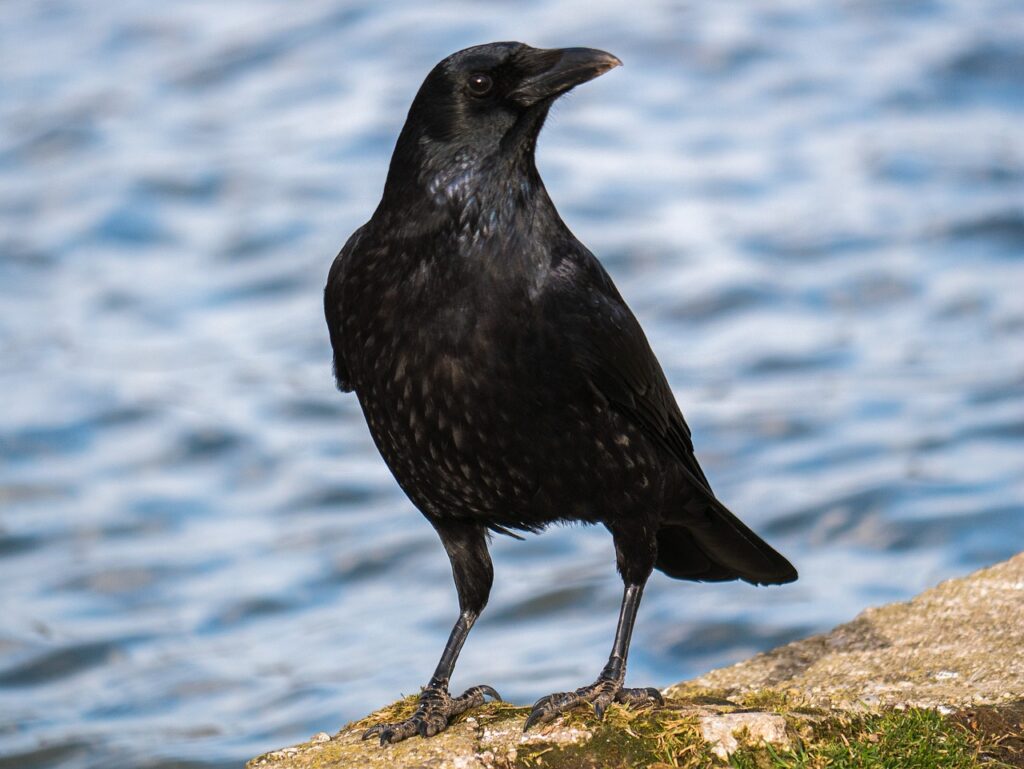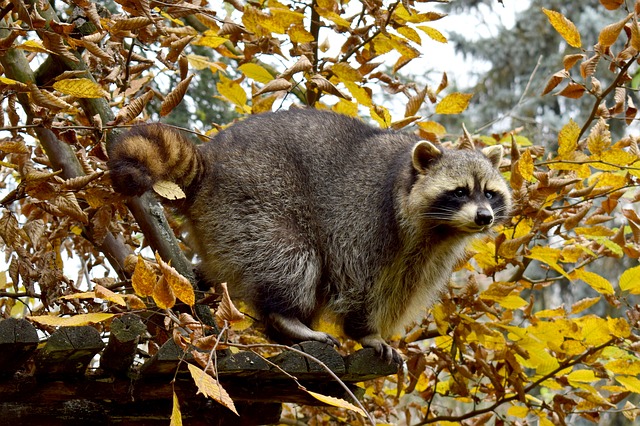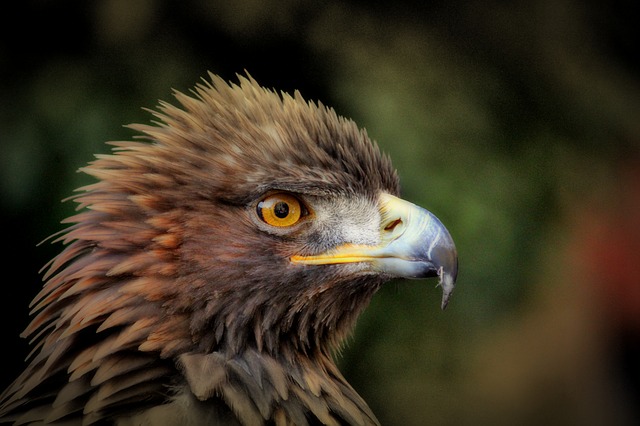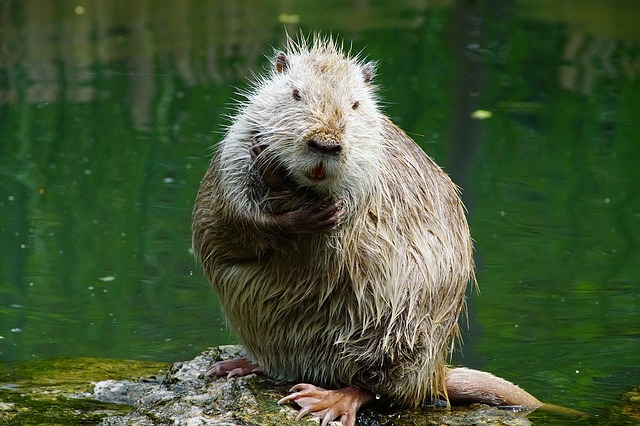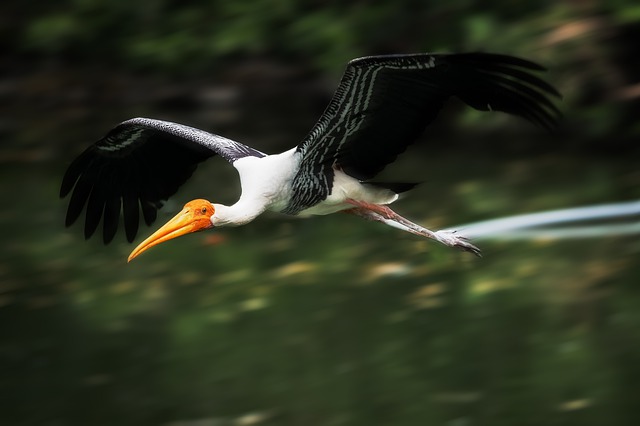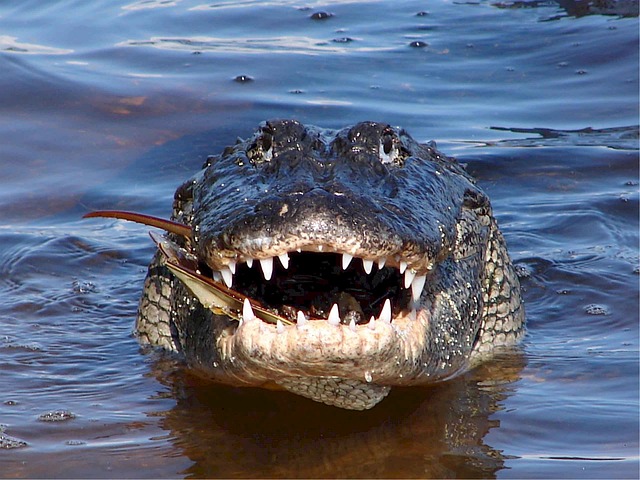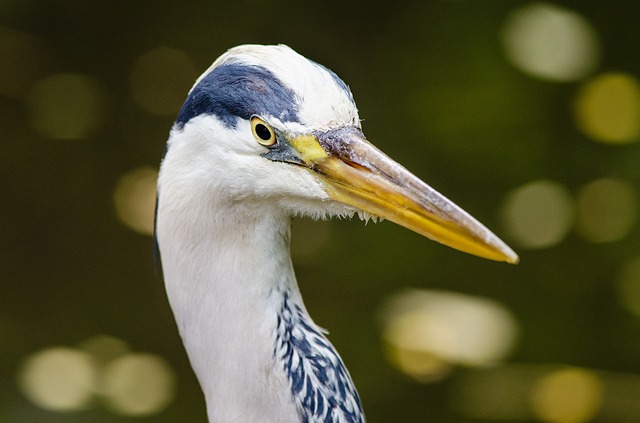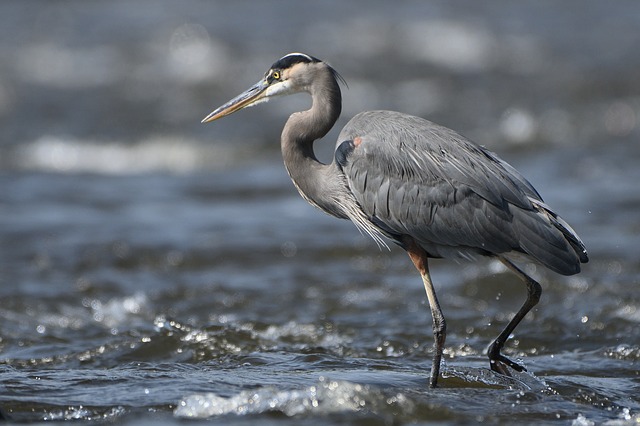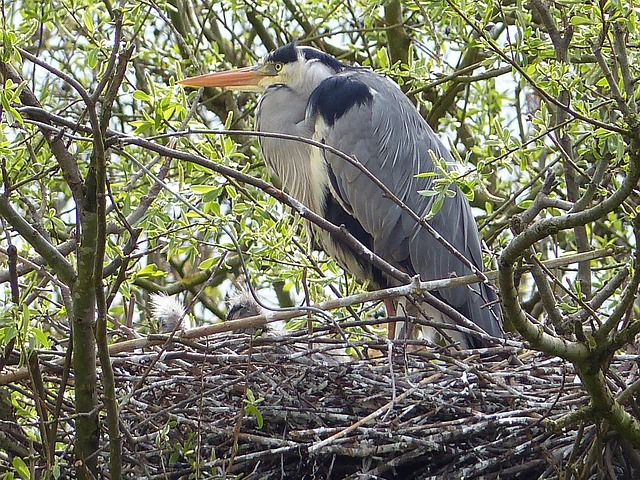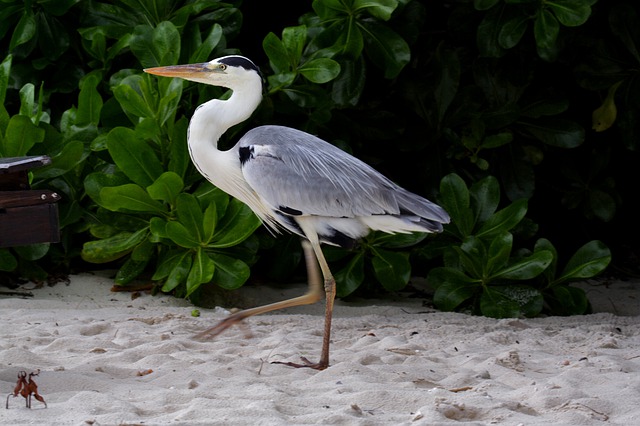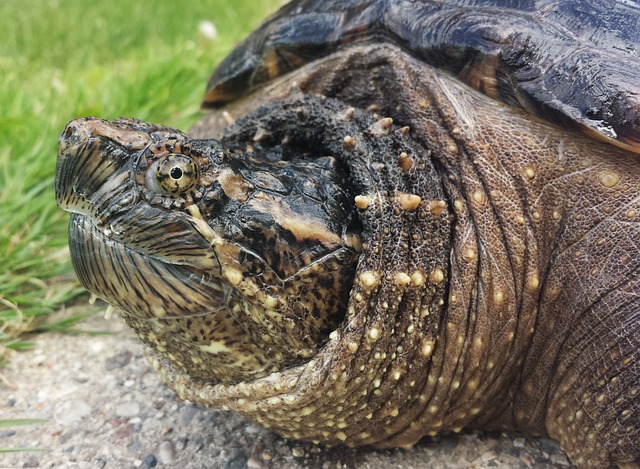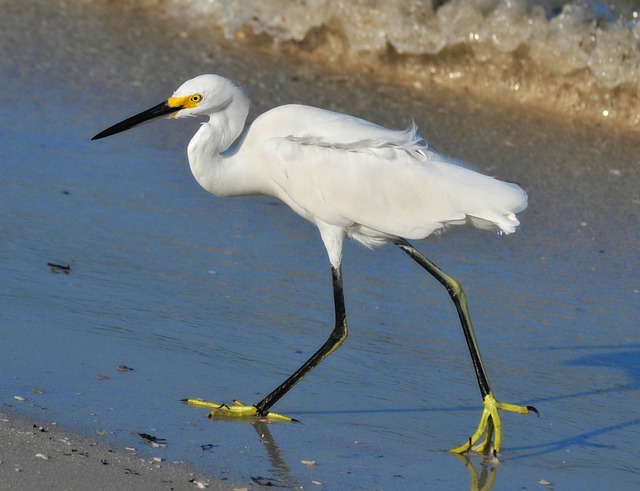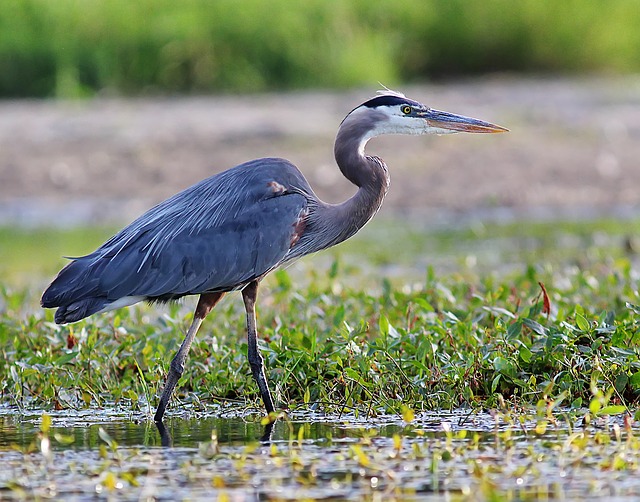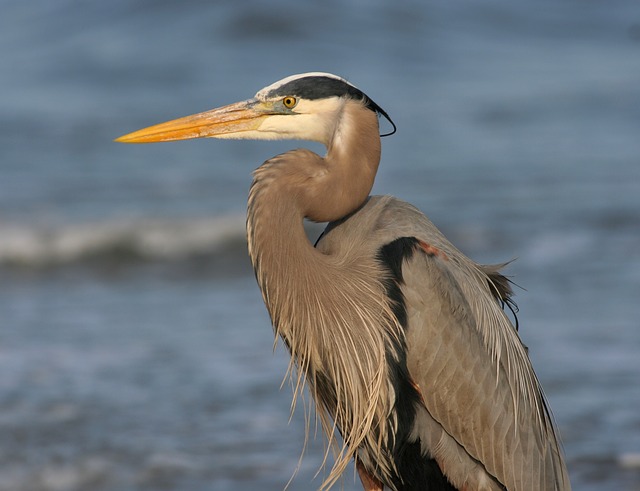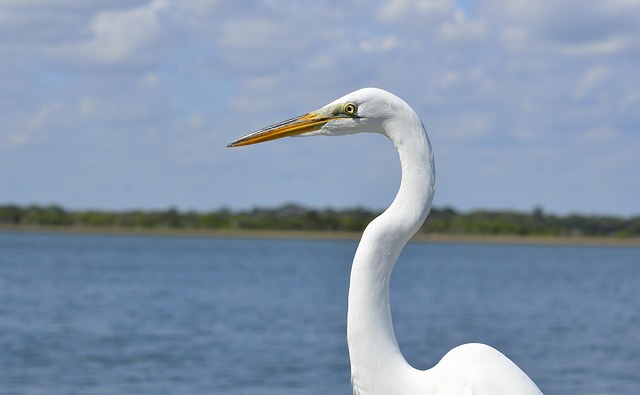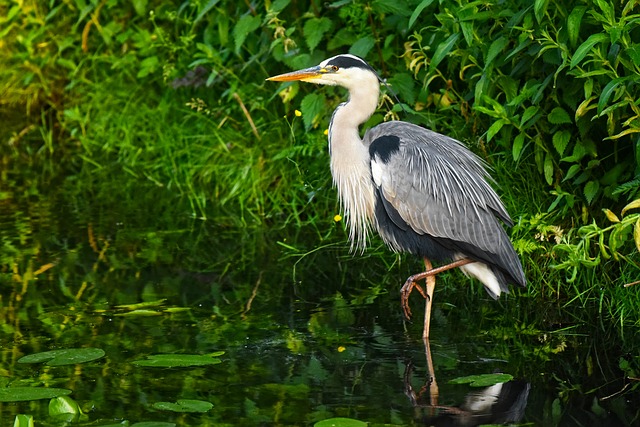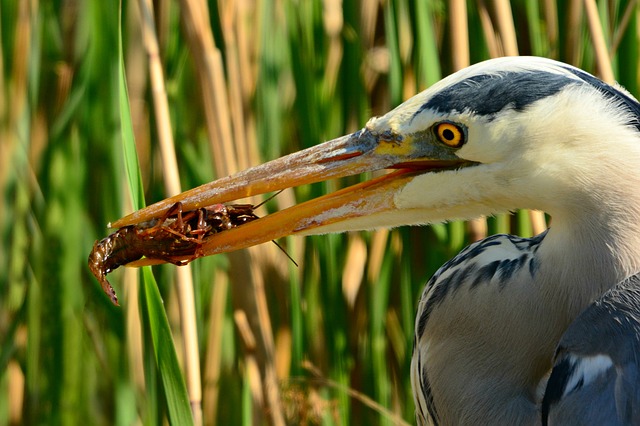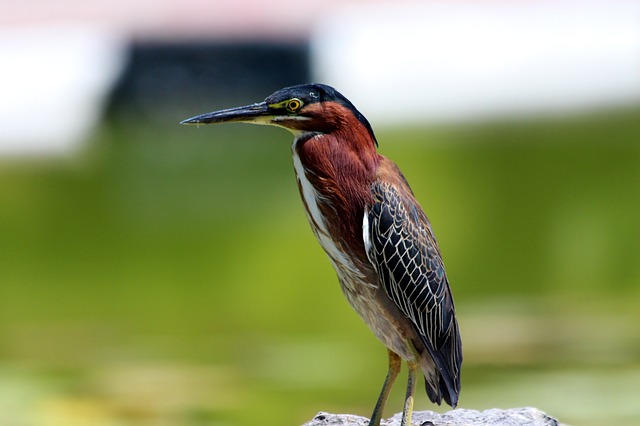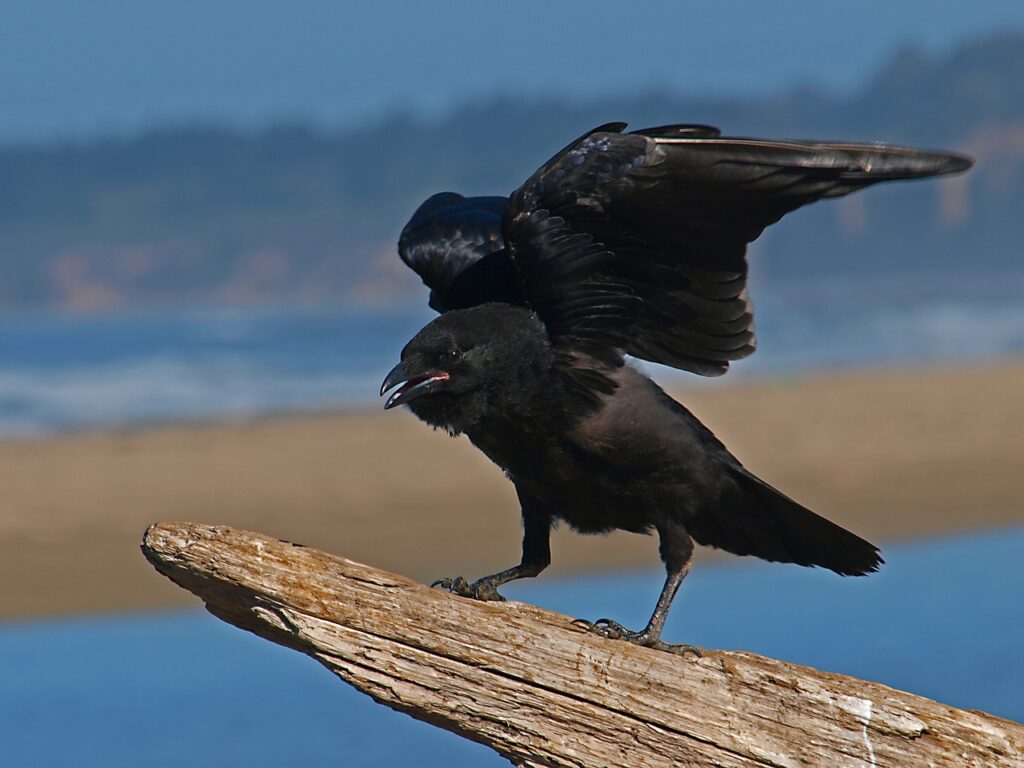
American crows are birds with all-black plumage. But why are crows black? Well, there are several reasons. Read on to find out.
Bird Color Basics
Birds are some of the most colorful creatures on the planet. And they come in an amazing range of colors from white to black and almost everything. Specific pigments in its feathers determine a bird’s color. Different pigments create the appearance of different colors. Some pigments may come from the bird’s diet.
For example, flamingos get their vibrant pink color from consuming the pigment astaxanthin. Astaxanthin is found in the algae, crustaceans, and other tiny organisms that flamingos eat. If flamingos don’t eat a diet rich in astaxanthin, they are often a pale pink or white.
Other pigments, such as melanin (one of the most essential pigments), are produced by a bird’s body itself. Melanin comes in two types: eumelanin and pheomelanin. Eumelanin is responsible for creating black and dark brown colored feathers in birds, while pheomelanin is responsible for creating brownish-red and yellow colored feathers.
American crows have a high concentration of eumelanin in their feathers. And that’s why they appear black to us. However, just how black a crow’s plumage is can also be influenced by genetics and even their environment.
Benefits Of Black Plumage
Having black feathers is beneficial for crows. Their black color helps them to survive in many ways. And that’s most likely why they evolved to have their all-black plumage. Brightly colored birds often stand out in their environment, making it easier for predators to spot them.
However, when providing camouflage, black is a perfect color. It helps crows to blend in and hide from predators in the shadows and dark forests. If you look closely, their black feathers also have an iridescent sheen. This reflects light and makes it harder for hungry predators to pick them out from their surroundings.
Having black feathers helps keep crows warm during the chilly winter months, even with little sunlight. Black absorbs a broader range of wavelengths of light than other feather colors. And none of it is reflected. So crows can absorb and retain more heat from the sun than other non-black birds.
Interestingly, black feathers can also help crows regulate their body temperature more efficiently in hot conditions. One of the ways birds cool down is through radiative cooling. And while they do absorb more heat, at the same time, black feathers radiate heat away from the body more effectively.
This allows crows to lower their body temperature by a few degrees when it gets too hot. Black feathers are also more robust and more durable than feathers of colors. That’s because the pigment (eumelanin) that makes them black also happens to reinforce the structure of the feathers, making them more durable and resistant.
Other Crow Colors
Are all crows black? American crows are almost always black birds. However, depending on the lighting, they can appear anywhere from blue to purple because they have an iridescent sheen. And while it is rare, some American crows may also have white plumage.
For example, genetic conditions such as albinism, leucism, and piebaldism can cause a crow to have patches of white or even totally white plumage. Not only are these conditions rare, but these birds don’t usually live long since predators easily spot them, and they may suffer from various health problems.
While in North America the term “crow,” almost always means the American crow, they aren’t the only crows. There are many other crow species around the world and not all of them are totally black. For example, the hooded crow has a gray head and black body.
Another crow species, the pied crow, is mostly black but has a white collar and white underparts. And its markings almost make it look like it’s wearing a white vest. And the bare-faced crow has a white or gray face with no feathers and a mostly black body and wings.
Conclusion
So why are crows black? Crows are black because they have an abundance of the pigment eumelanin in their feathers. And having all-black plumage helps them to survive in various ways, from helping them to regulate their body temperature to providing camouflage.
Start Shopping for Birding Supplies!
Raccoon Pictures
Raccoons are easily recognizable by their black face mask and ringed tail. And there are many fascinating things about this intelligent nocturnal species. So we’ve compiled some of the best raccoon pictures to show you just how amazing and unique they are. Raccoon...
Eagle Pictures
Eagles are large powerful raptors with sharp talons and beaks. These apex predators are typically at top of the food chain and there are many interesting things about them. So we’ve compiled some of the best eagle pictures to show you just how amazing they are. Bald...
Nutria Pictures
Nutria are large semi-aquatic rodents from South America. In the United States where they were originally imported for the fur industry, they are an invasive species. Despite their pest status, there are many interesting things about them. So here are some of the best...
Stork Pictures
Storks are tall wading birds with long legs and necks. These amazing birds have many fascinating things about them. And we’ve compiled some of the top stork pictures to help show you just how interesting and beautiful they are. White Stork The white stork has a body...
Alligator Pictures
The American alligator is a large predatory reptile that inhabits the southeastern United States. It’s a fascinating animal with many interesting things about it. And we’ve collected some of the best alligator pictures to help show you just how amazing they are....
How Long Do Great Blue Herons Live?
The life expectancy of birds is known to be closely related to their size. So as the biggest heron species in North America, how long do great blue herons live? The average life expectancy for these large birds is around fifteen years. However, surviving their first...
Where Do Great Blue Herons Live?
The great blue heron is considered to be the most widespread heron in North America. So exactly where do great blue herons live? Here’s what you’ll want to know. Great Blue Heron Range The great blue heron is found throughout most of the North American continent. In...
Where Do Great Blue Herons Nest?
While many of us have seen great blue herons their nesting habits often remain a mystery to most people. That’s because they purposely nest in hard-to-reach places. So where do great blue herons nest? Here’s the answer. A Colony Nester Typically great blue herons nest...
Do Great Blue Herons Migrate?
Do great blue herons migrate? This is something many people wonder about, especially if they’ve seen a heron during the cold winter months. And the answer is both yes and no. Here’s what you’ll want to know. Great Blue Heron Range The great blue heron has a large...
Great Blue Heron Pictures
Few species of birds are as tall, elegant, and attractive as the great blue heron. So we’ve compiled some of the best great blue heron pictures for you to admire and help you to learn more about this amazing bird! Great Blue Heron Head The head of the great blue heron...
What Do Snapping Turtles Eat?
Many people are familiar with the fact that snapping turtles have an incredibly strong bite. They use their strong jaws and sharp beak not just for defense but also for catching food. So what do snapping turtles eat? Here's what you'll want to know. Snapping turtles...
Birds That Look Like Egrets
Egrets are predatory birds that hunt and live in a range of both freshwater and saltwater habitats. These birds are usually white, and have S-shaped necks, long legs, and dagger-like beaks. However, they are often mistaken for several other types of birds that look...
Birds That Look Like Storks
Storks are large wading birds with robust bills and long legs. These tall carnivorous birds are well-known for their wide wingspans and also for building huge nests. However, they are often confused with several other bird types that have a similar appearance. So...
Birds That Look Like Herons
Herons are tall birds with long slender legs and necks. And they often wade in the water when hunting for food. Yet there are several other types of birds that may be mistaken for them. To make things more confusing many of these birds also spend time in the water and...
Great Blue Heron Facts
The great blue heron is named for its size and the grey-blue color on its wings, stomach, and back. This species has many fascinating things about it. So here are the top great blue heron facts. It's The Largest North American Heron The great blue heron is a big bird...
Are There White Herons?
Are there white herons? This is something many people wonder especially after seeing a tall all-white bird. The answer is yes! And here’s a fast introduction to them. A White Color Morph Most people are familiar with the great blue heron, a large predatory and...
Great White Heron Facts
While many people are familiar with the great blue heron, they are often surprised to find out that there’s also a great white heron. There are many things you’ll want to know about this stunning bird. So here are the top great white heron facts. The Great White Heron...
What Animals Eat Herons?
Because of their size and long sharp beaks, it can be hard to imagine that herons have any natural predators. While they do, they definitely don’t have nearly as many predators as most other types of birds. So what animals eat herons? Predators Of Adult Herons For...
What Do Herons Eat?
Great blue herons are often seen slowly wading in shallow water hunting for food. You may have even spotted one of these large birds in your own backyard pond. This leaves many people wondering: “What do great blue herons eat?” And here’s everything you’ll need to...
What Do Green Herons Eat?
The green heron is a secretive and small heron species. What it lacks in size however it makes up for in intelligence. It is particularly well-known for how it uses its smarts when hunting for food. So what do green herons eat? Read on to find out. Meet The Green...
